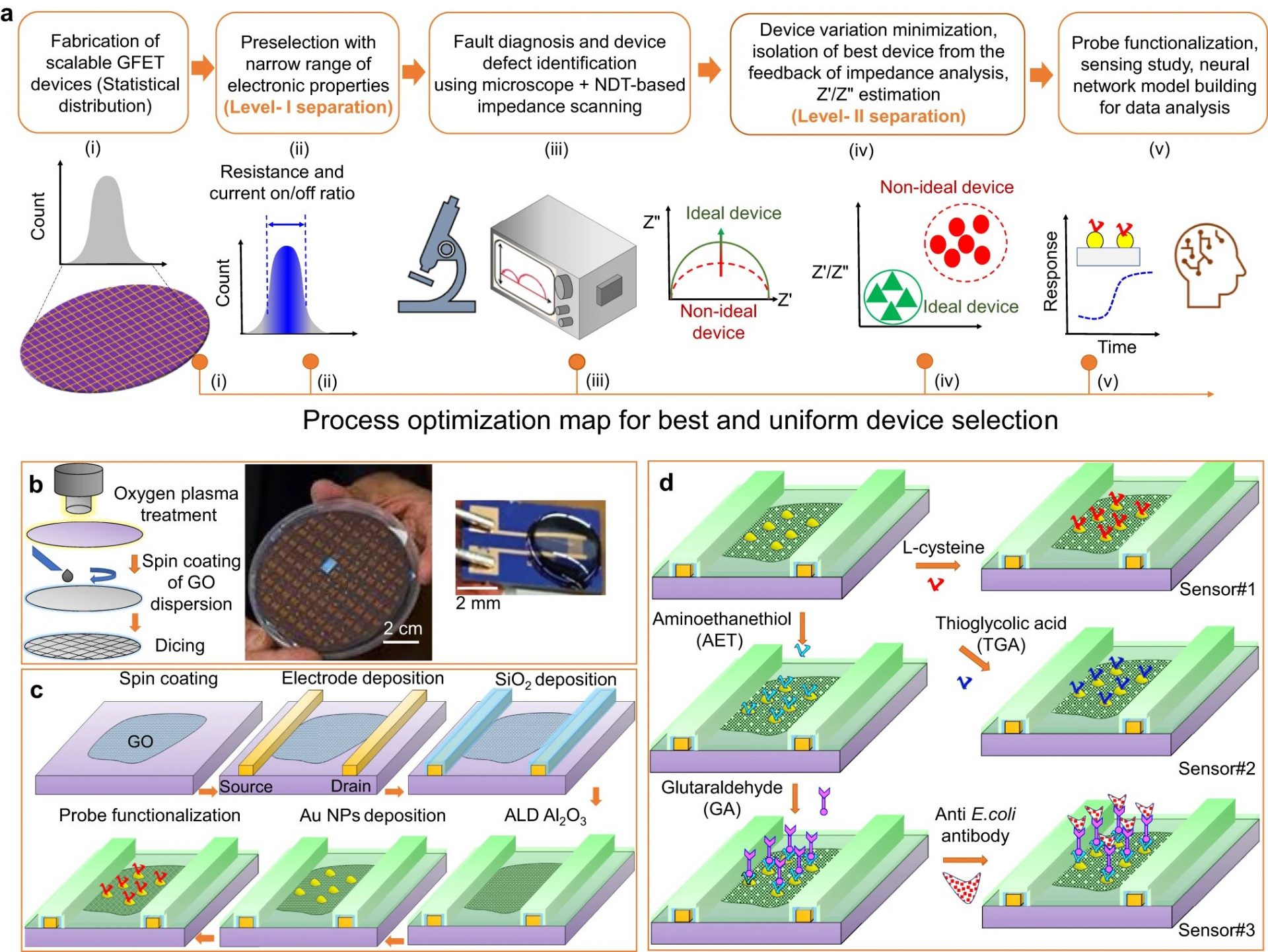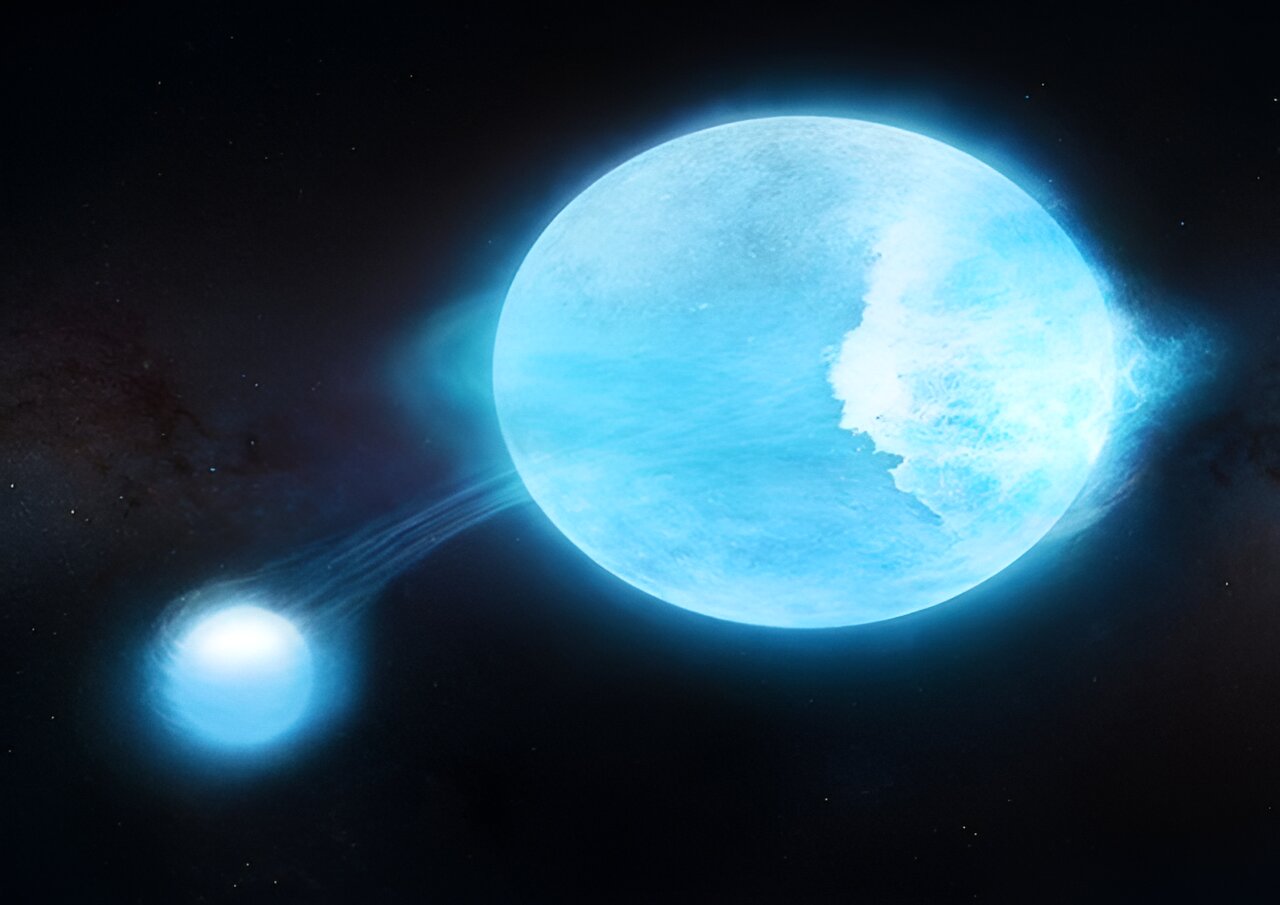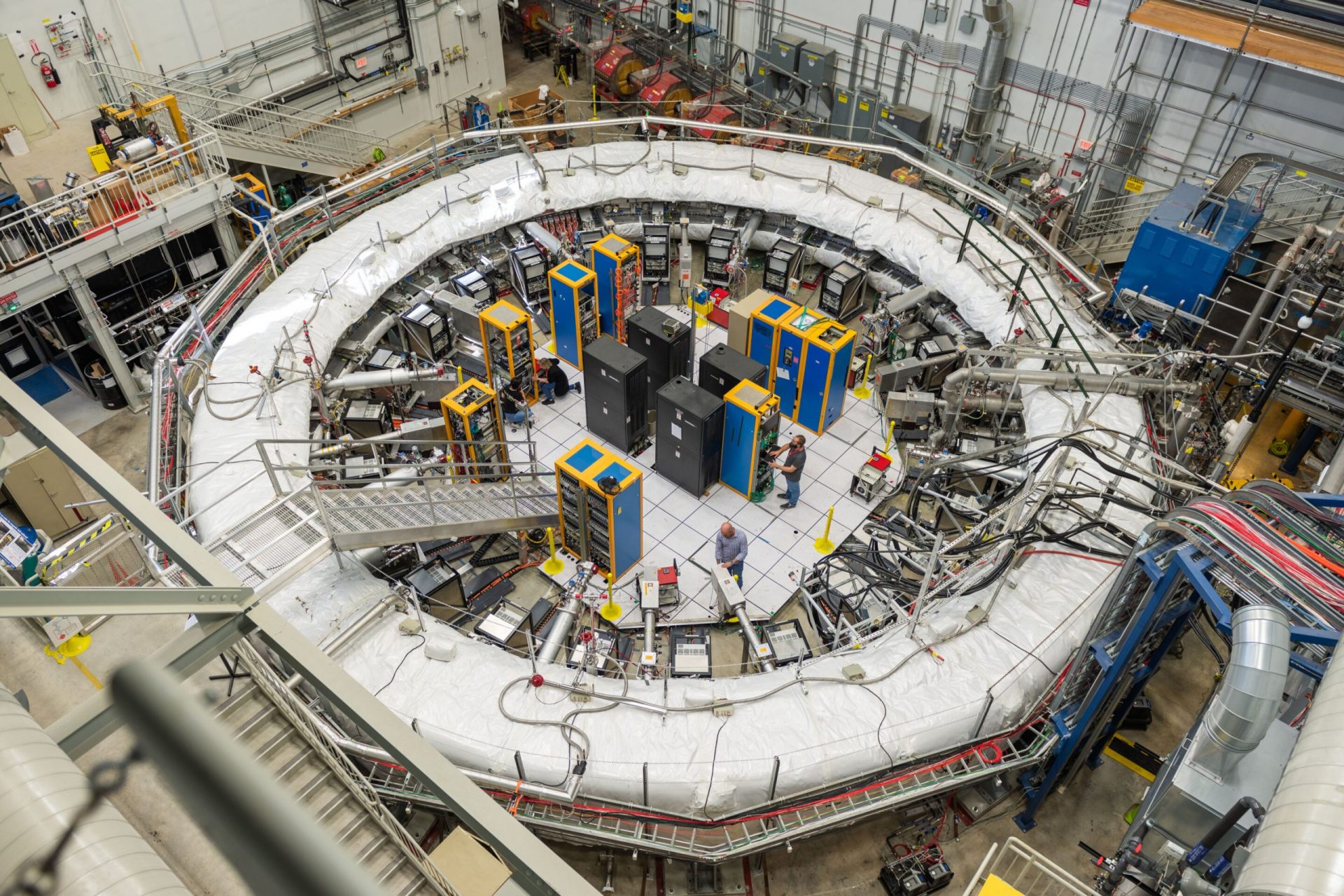Did you know that there is a global water crisis? It’s not just about the shortage of clean water, but also the contamination that exposes millions of people to harmful toxins. This contamination puts public health at risk and can lead to serious illnesses.
But here’s some good news: a team of researchers has come up with a groundbreaking solution. Scientists from the U.S. Department of Energy’s Argonne National Laboratory, along with the Pritzker School of Molecular Engineering at the University of Chicago and the University of Wisconsin—Milwaukee, have developed sensors that can detect lead, mercury, and E. coli in tap water. These sensors can help protect public health by providing early warning for contamination.
“Traditionally, sensors designed to measure contaminants in water have suffered from reliability issues and the inability to detect faulty devices,” said Argonne scientist Haihui Pu. “Improved sensors could avert health crises.”
These sensors use a one-nanometer-thick layer of graphene, a form of carbon and oxygen atoms, coated on a silicon substrate. Gold electrodes and an insulating layer of aluminum oxide are added to detect specific toxins. However, mass manufacturing these sensors has been challenging due to quality assessment issues.
The team has recently published their findings in Nature Communications, describing a screening method to identify defective devices before mass production. This method allows them to detect structural defects in the insulating layers without damaging the sensors.
To demonstrate the effectiveness of their approach, the team evaluated a three-sensor array that can detect lead, mercury, and E. coli in tap water. They were able to quantify toxin levels down to the parts per billion, even in the presence of interfering elements.
These sensors have a wide range of applications beyond tap water. They can detect heavy metals, bacteria, pharmaceuticals, pesticides, coronaviruses, and other contaminants. They can also identify valuable resources like cobalt for batteries and nutrients for plants and animals.
Once problematic elements are identified and removed, these sensors can be used to assess the cleanliness of treated water and guide its safe reuse in various industries.
The team hopes to commercialize this technology through a startup company, but they emphasize that addressing water contamination requires collective efforts. As scientists work towards a healthier and more sustainable future, their research offers hope for solving the global water crisis.








